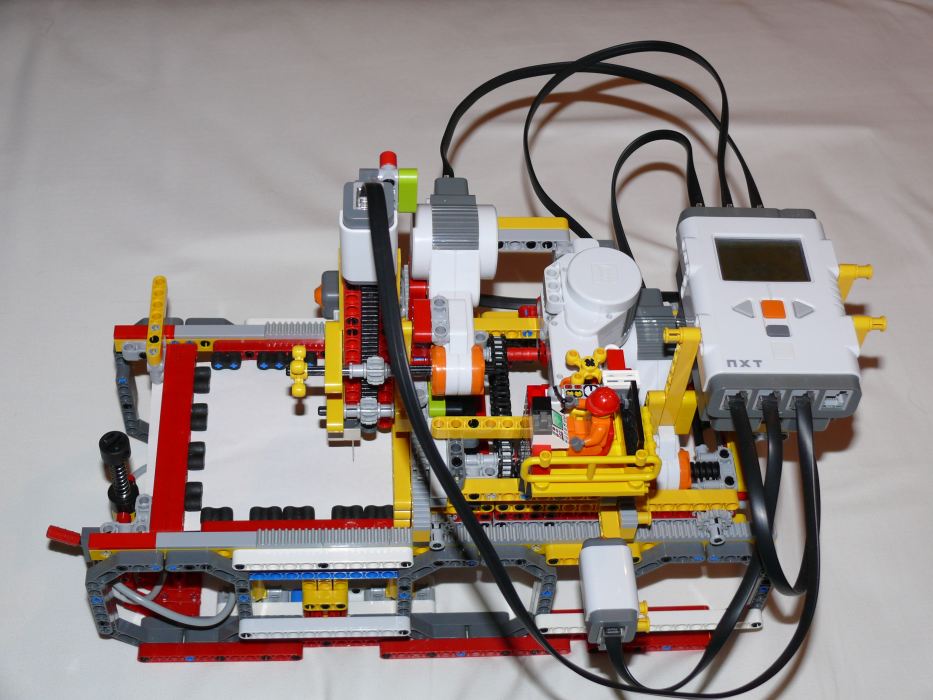
Check out this awesome tool that [Alfonso Martone] built and wrote in to tell us about: a pin plotter made entirely from Lego (except for the addition of a pin in one brick). [Alfonso] has managed to get 33dpi resolution with a “printable” area of 90x70mm. The NXT device reads 1bit bitmapped images in PBM format and outputs onto a sheet of paper, which is held in place by Lego pneumatics pushing against rubber Lego bricks. Output is not what you might call speedy, though: it takes 35-40 minutes to output a drawing with 1,500 holes.
Author: Strom Carlson18 Articles
IPhone With A Light-up Apple Logo
[youtube=http://www.youtube.com/watch?v=VgfyUsjwGwM&hl=en&fs=1&rel=0&color1=0x3a3a3a&color2=0x999999]
If you feel that your iPhone alone no longer carries the cachet it once did, what with the price dropping and all, this may be just the modification that you need to stand out among the crowd. iPhones.ru has a teaser glimpse of an iPhone hack that causes the Apple logo on the back of the device to light up when the screen is turned on. Details are sketchy, but it appears that the hack involves replacing the metal insert on the back of the phone with an LED-equipped plastic one; custom software allows the user to select the brightness of the glowing effect independently of screen brightness… or maybe they’re just using the backlight.
Robot That Runs On Rat Brain Cells
Scientists at the University of Reading have created a robot that runs not on microprocessors, but on brain cells extracted from a rat fetus. The robot is equipped with several sensors which stimulate the rat neurons whenever the robot approaches a wall; the response of the neurons then determines whether the robot avoids the wall or crashes into it. The truly fascinating bit is that the rat brain cells don’t automatically know how to respond to the stimuli from the sensors, but instead learn to respond appropriately through repeated stimuli.
No word yet on whether the scientists will teach the robot to sing “Despite all my rage / I am still just a brain in a vat”.
Make A Stretchy Fabric USB Cable

If you’ve been puzzled over a discreet, durable way to sew wiring into your clothing, then puzzle no more: [Plusea] has put together a writeup detailing how to make a USB cable partly out of stretchy cotton fabric. Although the design as detailed doesn’t give much practical use for the invention, we can think of several very effective ways of exploiting this toy. Imagine, for example, placing a USB battery pack into one pocket of a jacket, a portable digital audio recorder in the other, and a lavalier microphone in the lining, thus enabling dozens of hours of covert audio surveillance.









